Don’t you just love those summer evenings when it all comes together after good may fly hatch, and the evening show opens with a magnificent spinner fall?
As I write this, in the midst of the bitter Norwegian winter, these moments are just distant memories. But the reminiscent of fading evening light, may flies falling like snowflakes and rising trout is what makes the clock tick, the day and weeks pass. Actually, the very thought of these rare fly fishing days makes the winter pass.
I remember a couple of years ago. We had been out in the river all day. The summer had been forgiving and had given a frozen northern angler some pretty good days out. The little birds had been hatching evenly and well distributed throughout the season. Sparse but enough to entice trout to the surface on a regular basis. I was also blessed with a few memorable moments earning more than one page in the fly fishing diary. Up here, close to the polar circle we’re not spoiled with long hatch cycles. The season is also short, the water cold, the weather and hatches unpredictable.
Every opportunity is a gift. But, we’re blessed with pristine waters world class nature and a wilderness you’ll find very few other places in the world. And the light. The Scandinavian mid-summer light with virtually no darkness makes the season twice as long. Or, so it feels.
That summer a few years ago, there were spinner falls every other night – mirroring the hatches a few days before.
I had been fishing an Epmemerella hatch (Aurivilli). It was mid July, and as the evening approached I felt content. Satisfied with what the river had given me and how the little bugs triggered fish to the surface. The trout had been kind, giving me more opportunities than I was able to take. But still, I landed quite a few golden speckled beauties that day.
“My God I’m glad these moments come rarely”, I was thinking to myself as I waded ashore and out of the ice cold water. Gratitude to days like these increase exponentially with the absence of them.
Sleeping bag next
And as I sat there by the river bank, sipping the traditional Aquavit (a damn harsh Norwegian liquor), the rising gradually (but still) suddenly stopped. For an hour, no activity on the river. A quiet calm came over me as I sat there and let the sight and my thoughts wander away to a place where tranquility and peace govern. The place you’ll only reach in the wild, at your river with your favourite rod at your side.
“That’s it for today. Now it’s back to the tent, the sleeping bag and a few more of those Aquavits. Then there’s tomorrow. There’s always a tomorrow”, I softly said to myself as I started packing.
But just as I got up, looked up to consider tomorrow’s weather forecast, I saw them coming dancing towards the rivers. Small mayfly bombers loaded with little eggs, ready to dive into the water to fulfill their final mission. And, to die.
Christ almighty. They came in numbers. There were Aurivillis (Aroni), Ignitas, Baetis and even a few Danicas. What already had been an unbelievable day out, was obviously going to end in a bang. A crescendo and a firework. A Grand Finale!
Undo the packing
As the packing routine went in reverse, I felt a shiver of excitement when I started preparing my rod for a night out in the river. But then I stopped setting up the rod. I felt content. Didn’t have to wade out in the ice cold water again. I have had enough, I can just use this moment at this godforsaken heavenly spot just to observe what happens. Observewhat a spinner fall look like, when not participating in it. I could use the opportunity to learn more about the behaviour of both fish and bug. Usually at moments like this, I’d be standing out in a river waving my stick. Sometimes with a calm, but just as often stressed about the fact that opportunities are so plentiful that it’s difficult to choose which fish to go for.
I decided just to sightsee the squadrons of may fly bombers as they left their eggs on the river bed, and then slowly die on the smooth surface of my river. Too rarely had I taken the time to do this. Tonight was the night for learning and observing the spinner fall and how trout responded to the floating crucified bugs on their predestined final journey.
Thus my diary had a new chapter written that night. Thoughs on what I saw, coupled with nearly 40 years of practical fishing and experience, finally became structured and documented. First of all for myself and my family. But here they are, somewhat structured and hopefully well presented, my thoughts on fishing a spinner fall.
Seven key learnings
1 – They are difficult to see
If you actually observe, it’s easy to see the difference between a dun rise and a fish rising to take a flat and dead spinner. The spinner is taken with grace, and not the aggressive attack as you sometimes observe during a hatch when the trout is feeding on duns, caddis or caddis pupae.
If the river is riffled and the light low, you might actually not see the fish rise to a spinner. But if you fish a slick stream, you can only imagine the trout slowly elevating to the surface and carefully picking the dead may fly.
Why do I stress this point? Well simply because often the fish will switch from taking duns to spinners as your out on the river. They will not text you or let you know, but suddenly you will experience that the duns don’t work any more. If you experience that, look on the water bed for spinners and observe the rise form. Very often the trout are keyed in on the dead version of the ones you were fishing as duns earlier.
2 – Most of the time they’re not like Jesus on the cross
As I sat there, the first noticeable observation was that very few of the spinners looked like the ones in my fly box – i.e. the spinners were not crucified may fly duns. The spinners take all forms and shapes. Only one in ten look like the spinners I usually tie, the others look more like a death on the road sign.
Also a lot of them are drowned creatures, with parts hanging in the film and other partially submerged. Why the hell do I spend so much time trying the perfect spinner? Can I tie alternative patterns? What about submerged, or partially submerged may fly wrecks. Will they fish as good as the perfect spent spinner?
But even if the dead may flies usually take the form of tangled spaghetti monsters, for the trout their vital triggers are still the body and the wings.
This should open to a range of variations to the traditional spinner pattern. As is displayed at the end of this article, it might be a thought to tie the spinner on curved pupae and emerger hooks. Last year I fished a lot of alternative patterns. Most of them didn’t work very well, but the ones I present here are all winners in my spinner box.
3 – Body profile with a curved hook
The classic spent spinner is tied on a straight shank, and works great. But when the spinner fall is heavy, how are you going to make your fly stand out. Of course you can use flash or tinsel. That might just do the trick. But if you at least combine the make-up with a well presented body, your fishing will be even more successful. That can be achieved by using a slightly or heavily curved hook to imitate a partially or nearly fully drowned may fly. It’s actually putting the bug to the trout’s mouth.
The Diamond Quill spinner, Curved Spinner or the Drowned Spinner Patterns are all good alternatives for putting the body profile right in the nose of the trout. Se pictures and patterns below.
4 – Dead drift really means DEAD drift when floating a spinner
As you might expect, dead may flies do not move. Therefore, it is important to make sure the drift is as dead as the may fly. This means that your positioning and presentation technique is even more important than during an emerger or dun situation. Use a long leader with a matching tippet to increase the float.
Fish are even more weary the dark. Don’t even think the dust will mask your false casting or any bad presentation. When a trout feeding on spinners is scared, it’s gone. You will not find it again.
EXCAMPLES FROM MY DATABASE
5- Only tied-up hackle wings
Let’s face it. The most characteristic part of a spinner are the wings. I only use tied-up hackle wings. Never organza, because they tend to collapse after a take or a fish. CdC wings are perfect for making the fly float, but they mask the body profile (read this article on spent spinner wings).
Tied-up hackle makes a great profile and they are durable. You can adjust the angle to determine how deep you would like the fly to float and they never collapse. I only use tied-up hackle wings.
These wings take five minutes more to tie, but they are worth the effort.
6 – Contrast, contrast, contrast
As the light fades, which is often the case during a spinner fall, the color of the fly is of lesser importance. The contrast to the sky is however important. Therefore, use, contrary to the gut feeling, dark colors at dusk or night. Deep browns or rusty browns are the go-to colors. I know many like to use flash in their spinners. If I equip my flies with flash, I never use them after the sun has set but in the couple of hours before the dusk sets in.
7 – The extended spinner fall
I finally crawled into my sleeping ba and the tent. Happy with todays fishing and observations.
I woke up to the sun, which is about at 4 a.m. in the morning. That morning I learned that the feeding on a spinner fall continues the next day. Until that day, I have always thought that fish feeding in the morning usually feed on emergers. That’s not always true. They might feed on the remaining spinners from the night before. It took some time before I realized that fact, but when I did I caught several good trout on the spinners from I should have used the night before.
FOUR ALTERNATIVE SPINNER PATTERNS
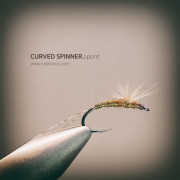
A pattern that presents the fly deep in the film – highly visible to the fish
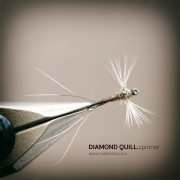
A good alternative to the curved spinner. Tied on the same hook but with Badger in the tail, and a glassy bug bonded body.
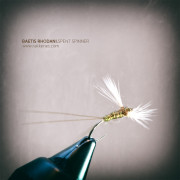
Late in a spinner fall, or the morning after you’ll find them drowned. Here is a suggestion.
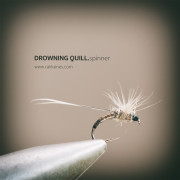
A half drowned spent spinner is a common variation to find in a spinner fall. Here’s a suggestion how to tie it.
READ THE BWO SERIES
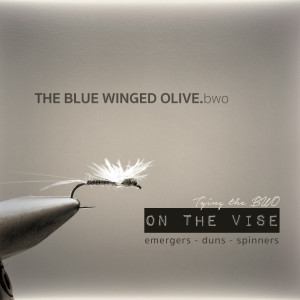 The articles in this series will dive deeper into different topics of tying the important Blue Wing Olives. Two are now available, and the rest will follow suit. They will cover the basic principles of the emerger, but probably also some alternative views on approaching the emergent state of the BWOs.
The articles in this series will dive deeper into different topics of tying the important Blue Wing Olives. Two are now available, and the rest will follow suit. They will cover the basic principles of the emerger, but probably also some alternative views on approaching the emergent state of the BWOs.
- The all important Blue Winged Olives
- The BWO Emerger
- Five principles for tying the BWO Dun
- The BWO Spinner (This article)

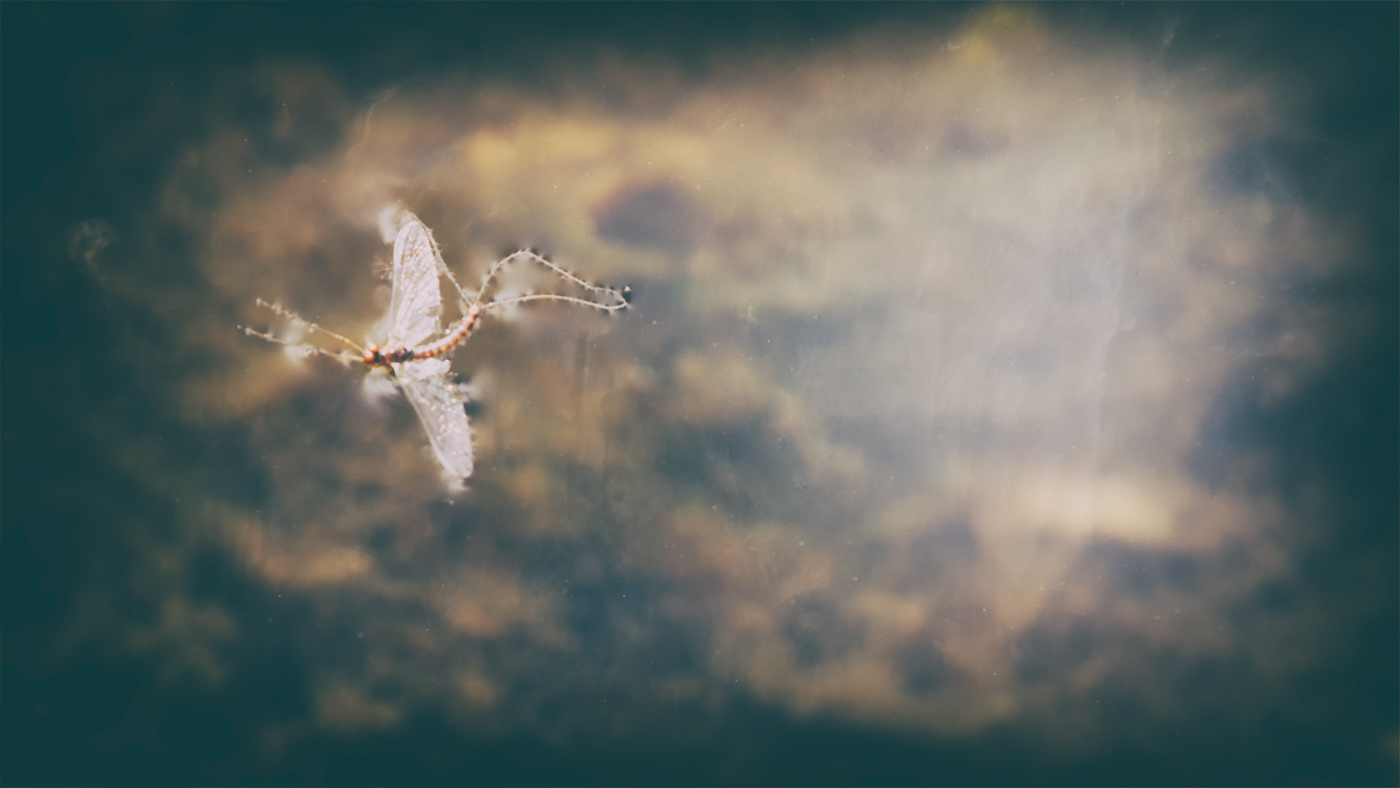
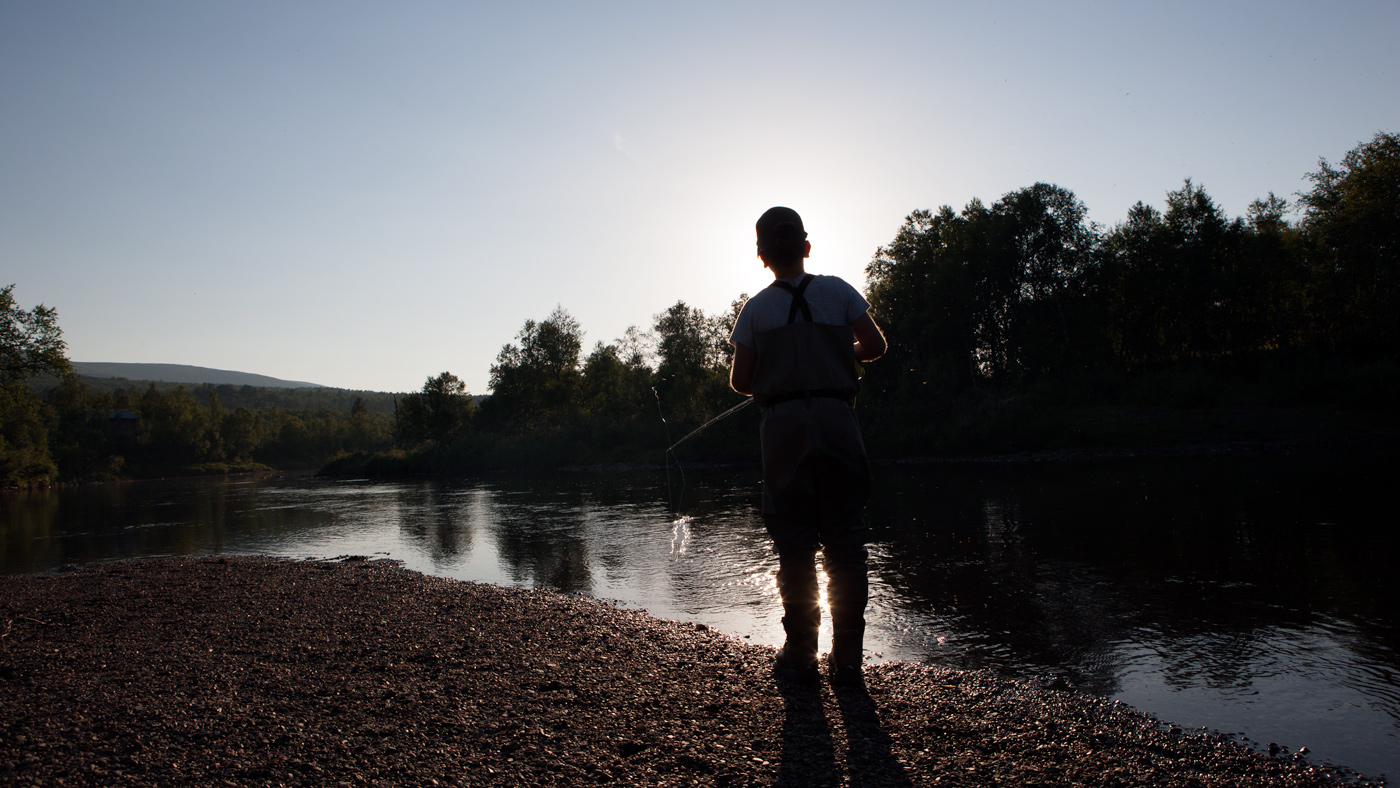
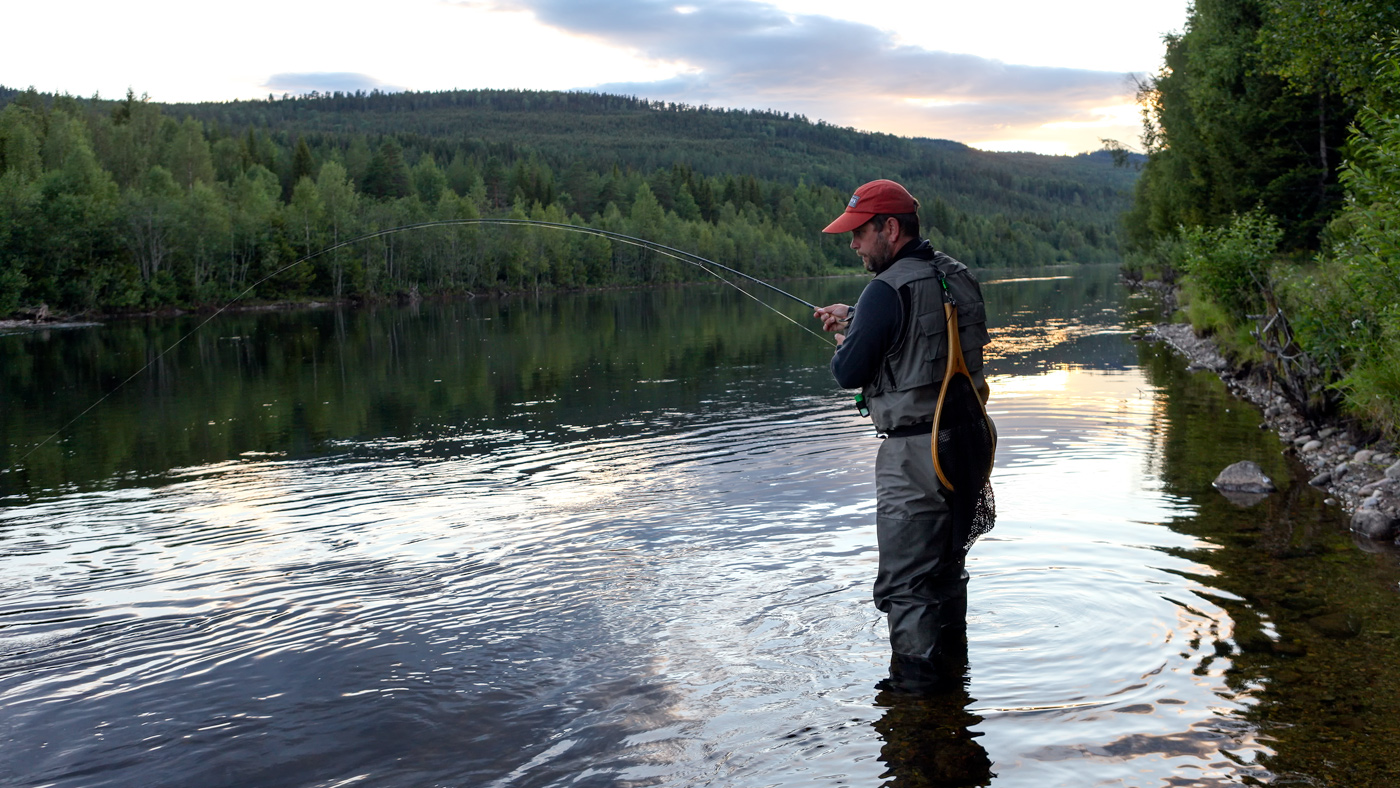
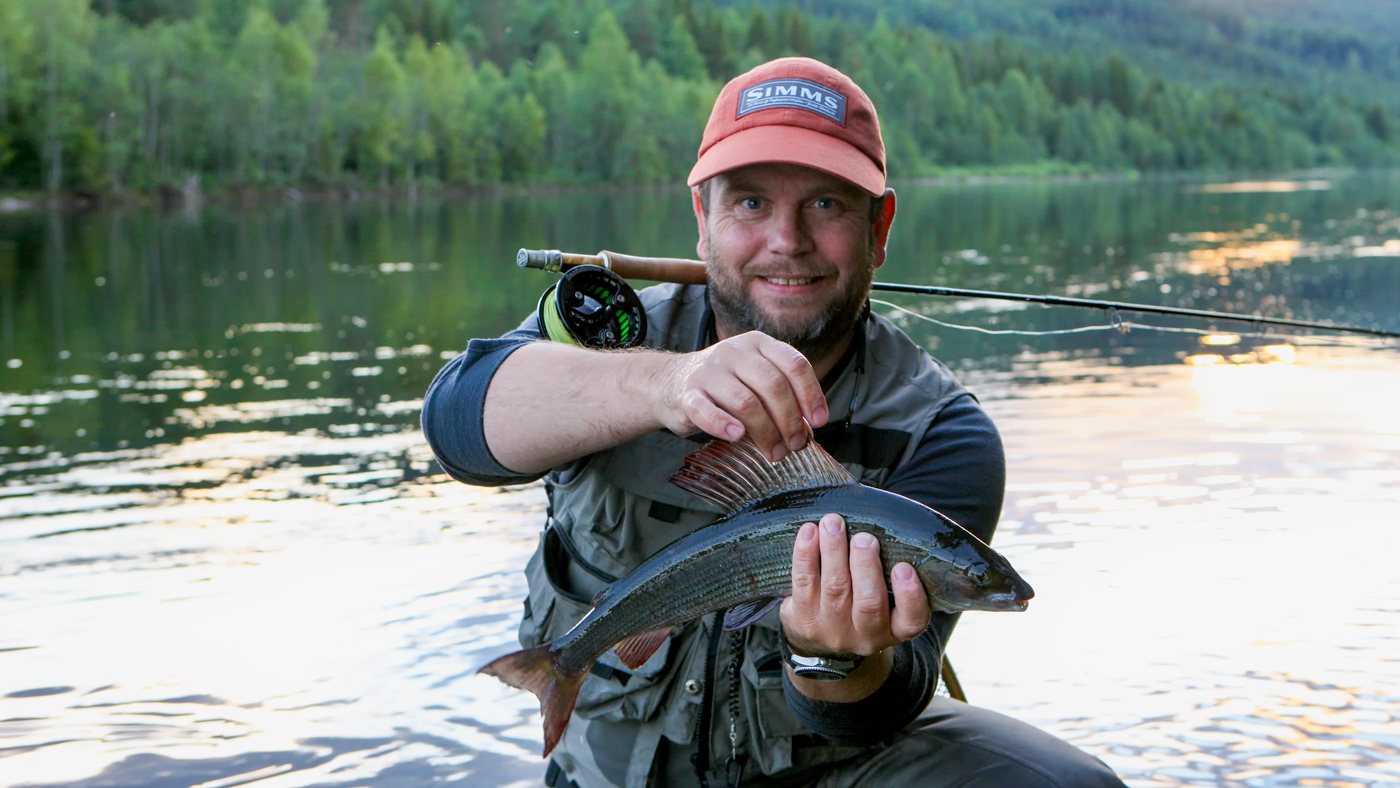
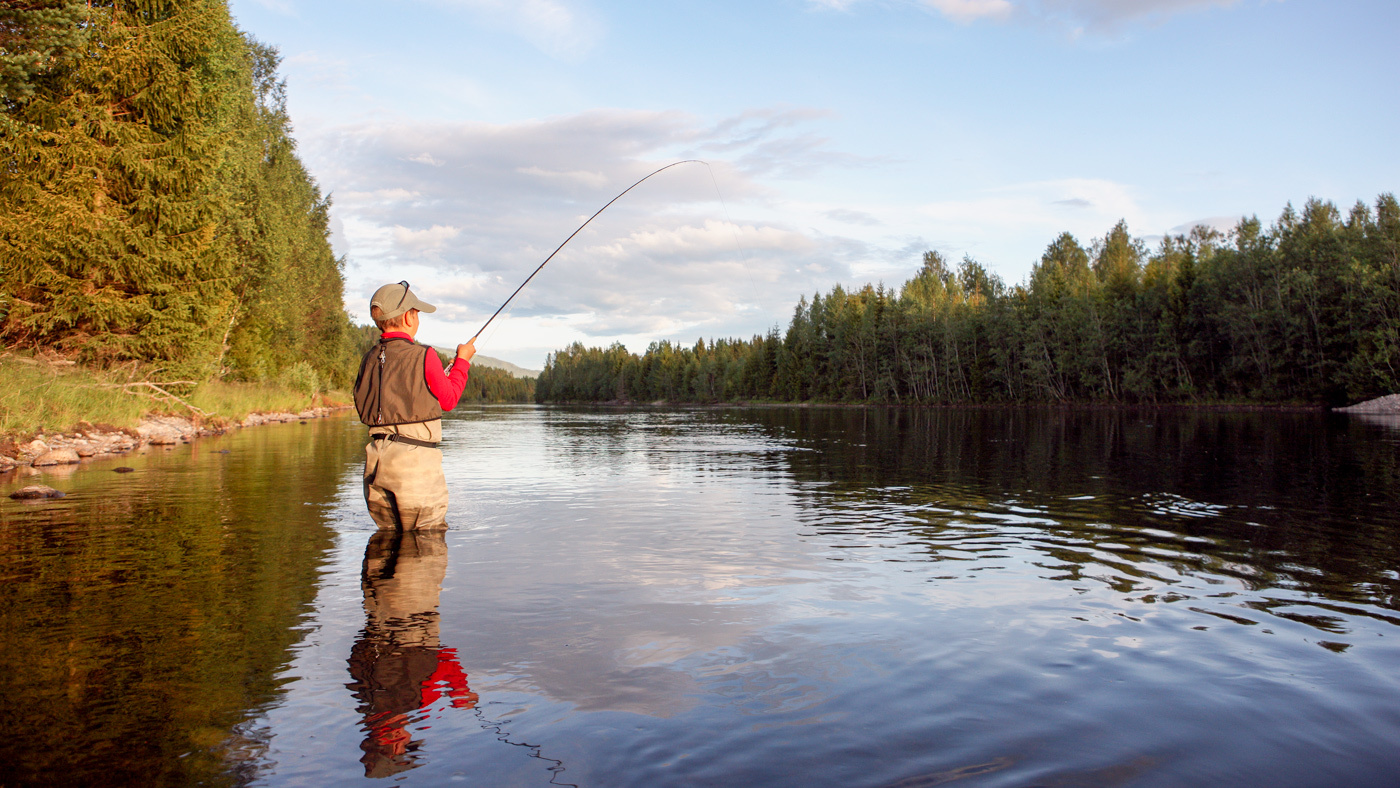
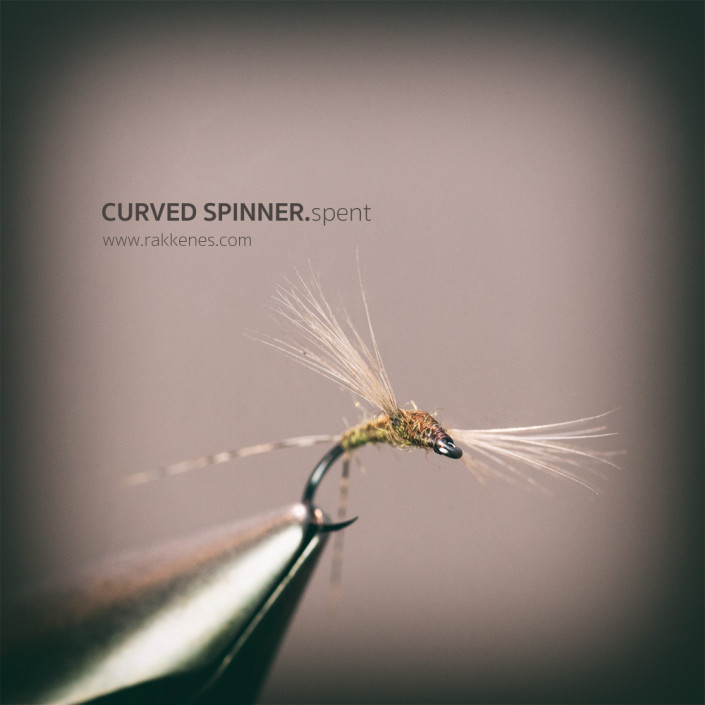
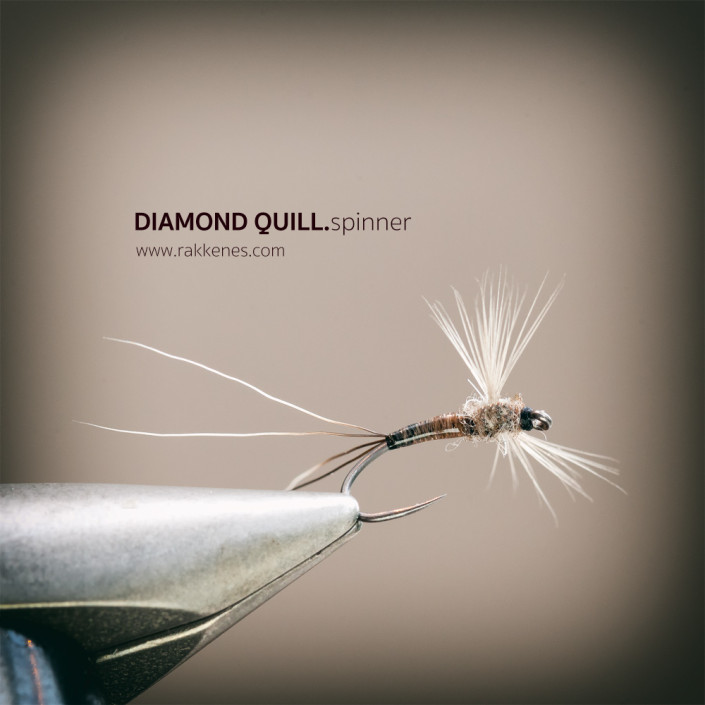
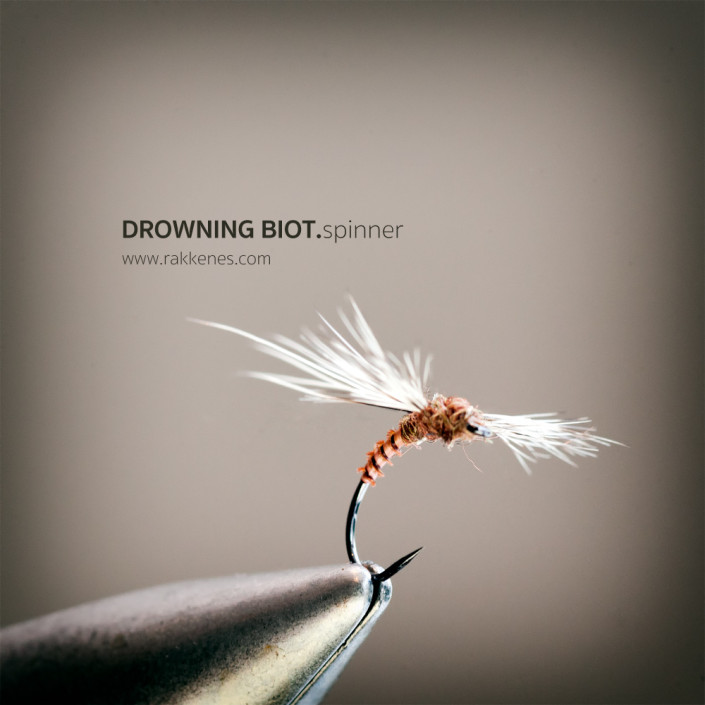
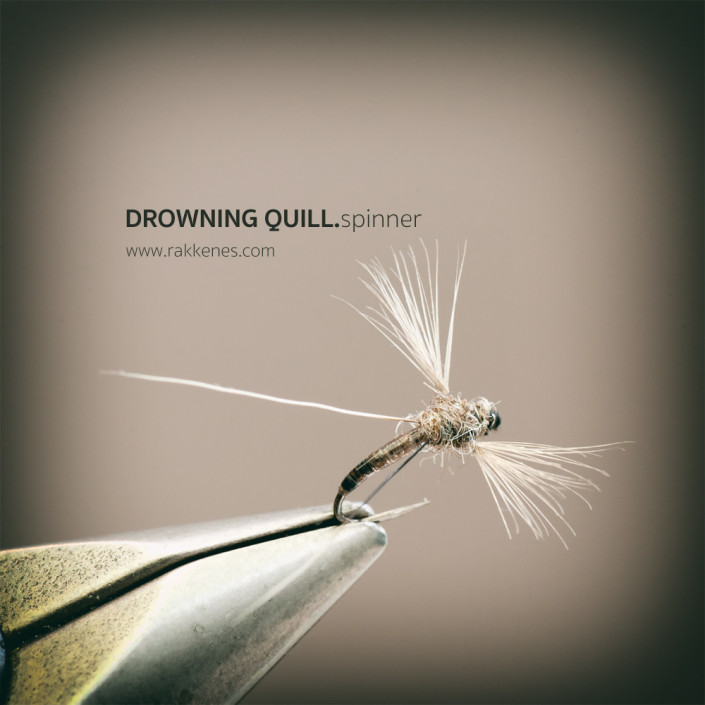


Leave a Reply
Want to join the discussion?Feel free to contribute!